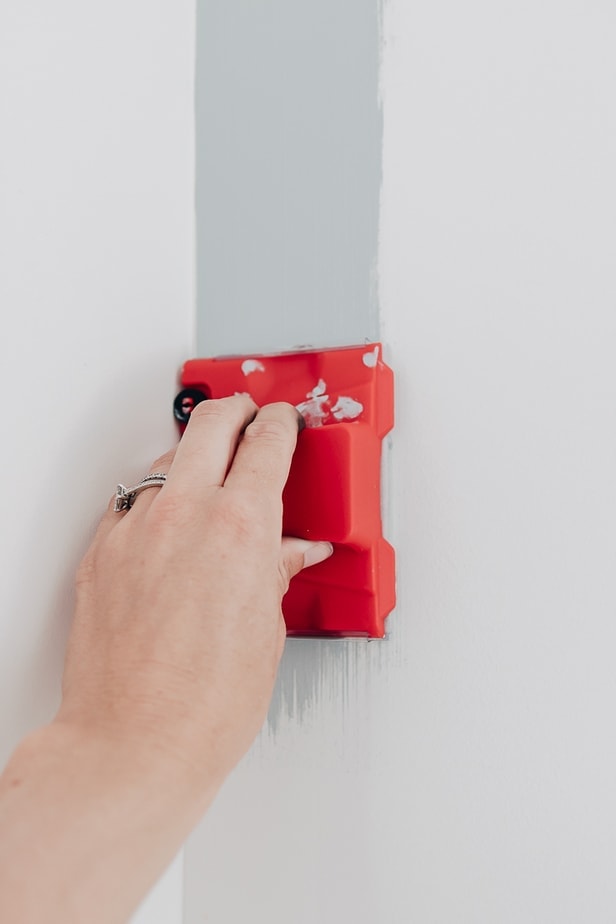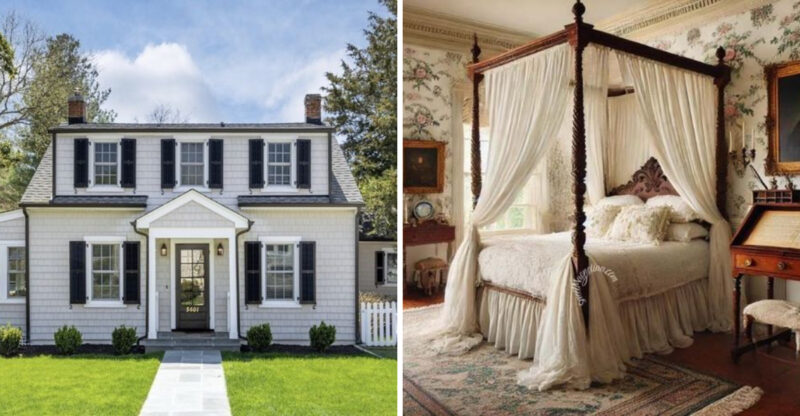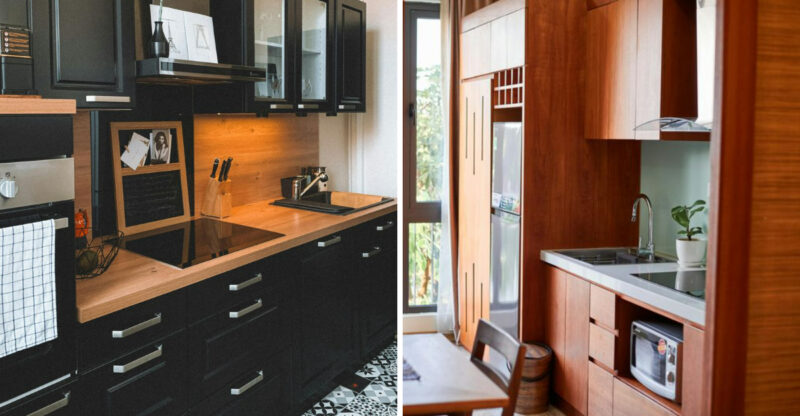20 Things That Make Your Home Hard To Sell
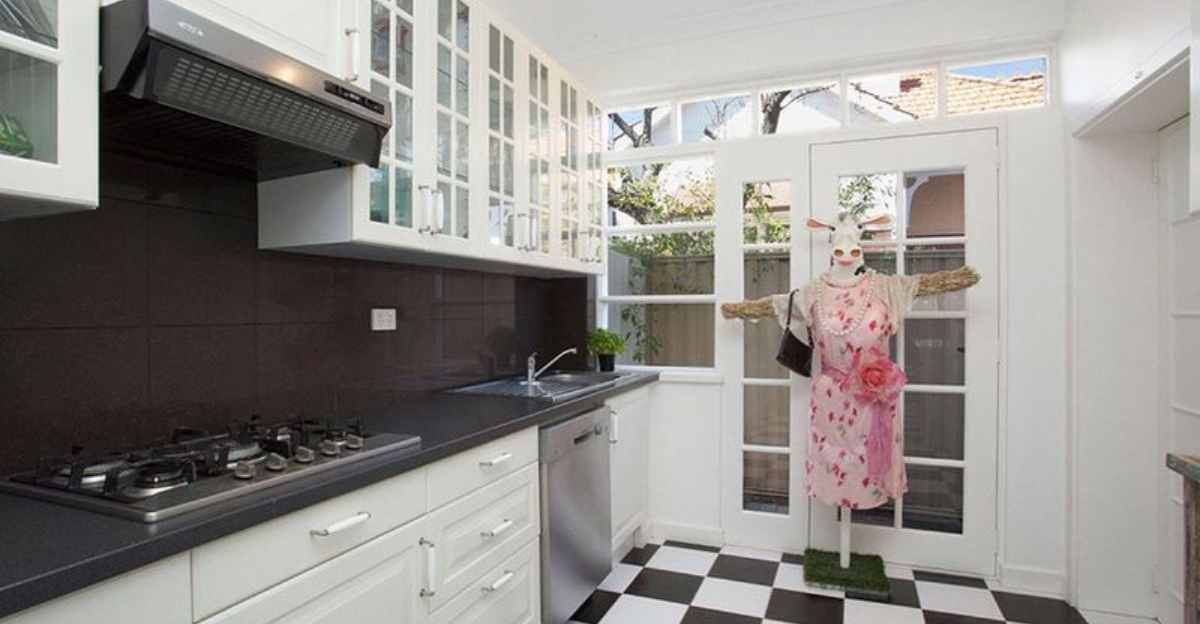
Selling a house isn’t just about planting a ‘For Sale’ sign and kicking back. It’s often a tricky dance where even stunning homes get stuck in the slow lane because of little things owners miss.
These sneaky roadblocks can frustrate sellers and scare off buyers faster than you can say ‘price reduction.’ I’m here to share the top 20 home-selling hurdles I’ve spotted as a designer, and exactly how you can dodge them like a pro.
Let’s jump in and get your home sold, not stalled!
1. Funky Odors That Won’t Quit

Nothing sends buyers running faster than the smell of wet dog or last night’s fish dinner! Pet odors, cooking smells, and mustiness become part of your home without you noticing.
Though you might be nose-blind to these scents, potential buyers aren’t. Before showings, open windows, use odor eliminators (not just cover-ups), and consider professional cleaning for carpets and upholstery.
Most importantly, address the source of smells rather than masking them with overpowering air fresheners. All that smell can only make buyers wonder what you’re hiding.
2. Clutter Chaos Everywhere
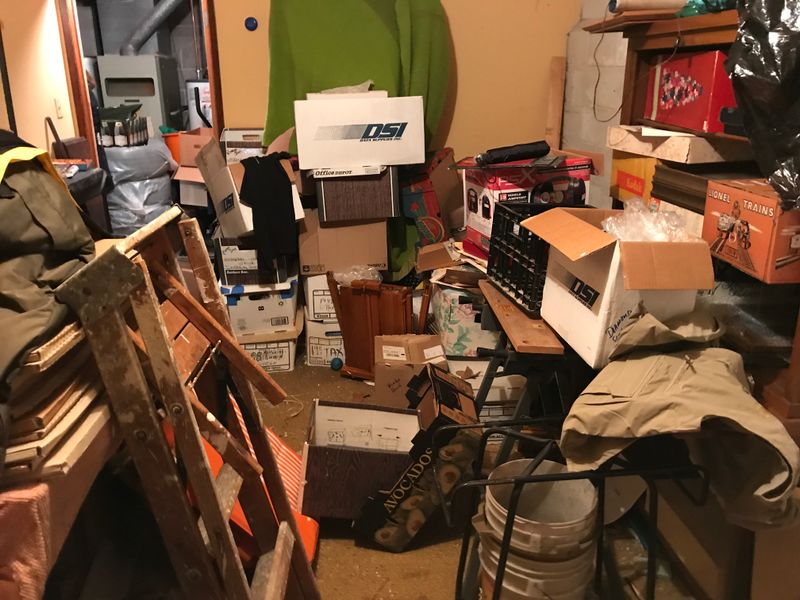
Your collection of vintage teapots might bring you joy, but to buyers, it’s visual noise blocking their dream-home vision. Clutter makes spaces feel smaller and prevents buyers from mentally moving in.
Start packing early! Store personal items, family photos, and knickknacks before listing. Aim to remove about one-third of your belongings from each room.
Remember those storage spaces too. Overstuffed closets signal to buyers that the home lacks storage, a major turnoff when they’re imagining where their own stuff will go.
3. Outdated Kitchen Nightmares

Kitchens sell homes, but yours might be doing the opposite. Those harvest gold appliances and laminate countertops from 1978 scream ‘expensive renovation’ to today’s buyers.
Without breaking the bank, consider painting dated cabinets, updating hardware, and installing new countertops if possible. Even minor refreshes can transform the heart of your home.
Where budget doesn’t allow for upgrades, exceptional cleanliness becomes your best friend. Spotless surfaces and organized cabinets show buyers you’ve maintained the space, even if it’s not the latest style.
4. Bizarre Paint Color Choices

Your purple dining room might have seemed like a bold design choice, but it’s likely limiting your buyer pool. Unusual wall colors distract buyers and make it harder for them to envision their furniture in the space.
Neutralize before listing with crowd-pleasing shades like greige, soft white, or light gray. These colors create a blank canvas that appeals to the widest audience.
While repainting feels painful when you’re moving anyway, statistics show neutral homes sell faster and for more money than their colorful counterparts. Consider it an investment in your sale price!
5. Neglected Curb Appeal

First impressions happen before buyers even step inside. Overgrown lawns, peeling paint, and cluttered porches signal neglect and make people wonder what else needs fixing.
Focus on simple fixes with big impact: fresh mulch, trimmed bushes, power-washing walkways, and maybe a new front door color. These weekend projects can dramatically change buyers’ perception.
Consider asking a neighbor to evaluate your home’s exterior honestly. We become blind to our property’s flaws, but fresh eyes spot the sagging gutters or cracked walkway that might turn buyers away.
6. Too Much Personalization

Your Star Wars themed bathroom showcases your personality but limits your buyer pool drastically. Highly personalized spaces make it harder for buyers to see themselves living there.
Before listing, neutralize spaces with specific themes, unusual built-ins, or converted rooms. That home office that was once a bedroom should become a bedroom again if possible.
While your realtor might be too polite to mention it, religious or political items can also alienate potential buyers. Pack these personal touches away during the selling process to create broader appeal.
7. Deferred Maintenance Disasters

Those little fixes you’ve been postponing? Buyers notice them immediately and wonder what bigger problems lurk beneath. Dripping faucets, cracked tiles, and broken switches suggest neglect.
Walk through your home with a notepad and list everything that needs repair. Tackle the visible issues first, as these create the strongest negative impressions.
Spending a few hundred dollars on minor repairs now can prevent buyers from requesting thousands in concessions later.
Plus, homes in good repair photograph better for listings, attracting more potential buyers from the start.
8. Bathroom Grossness
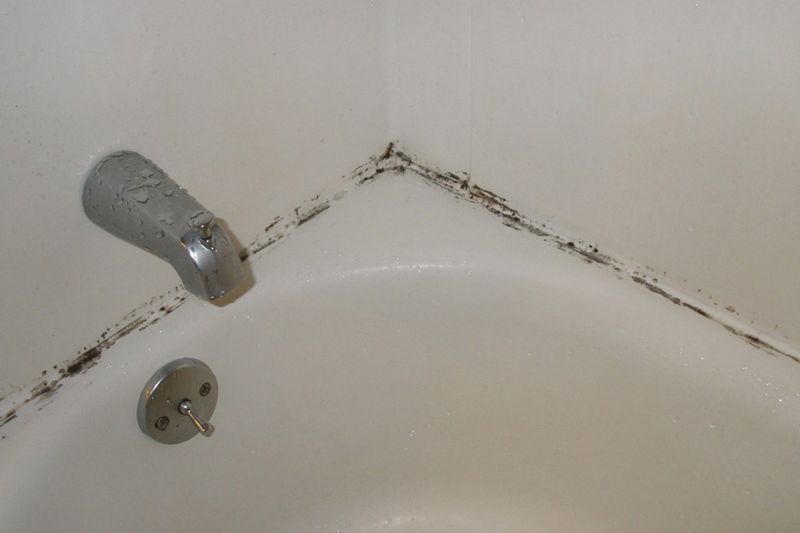
Mildew, stained grout, and outdated fixtures make buyers cringe and reach for the door handle. Bathrooms rank second only to kitchens in influencing purchase decisions.
Beyond thorough cleaning, consider recaulking tubs, reglazing dated tile, and updating hardware and lighting fixtures. These affordable changes create major impact.
Where full renovations aren’t possible, pristine cleanliness becomes essential. Remove personal toiletries, coordinate towels and accessories, and ensure every surface sparkles to create a spa-like impression that helps buyers overlook dated elements.
9. Hovering Homeowners During Showings

Following potential buyers around pointing out features might seem helpful, but it actually prevents them from honestly evaluating your home. Buyers need space to discuss concerns and imagine possibilities without feeling watched.
Always leave during showings, taking children and pets with you. Your presence makes buyers uncomfortable and less likely to linger, a crucial factor in emotional connection to a property.
Trust your agent to highlight important features and answer questions. They’re professionals who know exactly what information to share at the right moment in the showing process.
10. Poor Lighting Situations
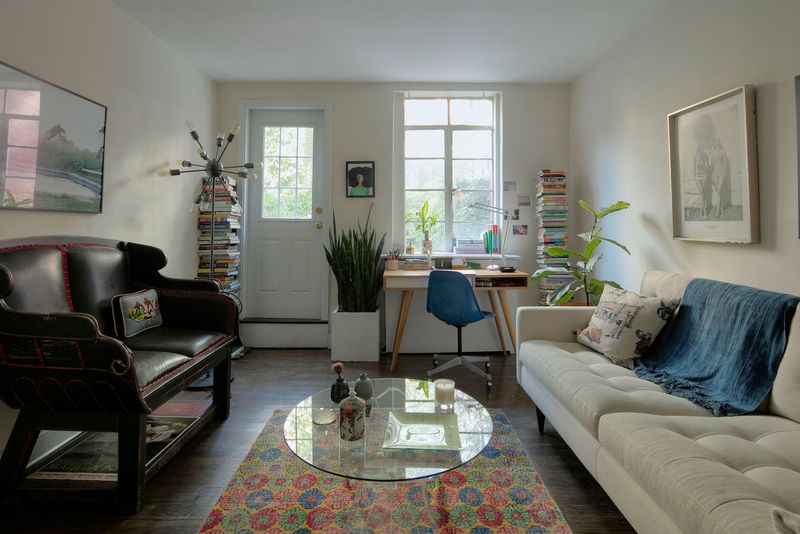
Dark, dreary spaces feel depressing and smaller than they actually are. Buyers consistently rank good lighting as a top priority when house hunting.
Before showings, open all blinds, replace burned-out bulbs, and add lamps to dark corners. Consider upgrading to higher wattage bulbs where fixtures allow.
Schedule showings during daylight hours when possible, and if evening showings are necessary, ensure every light in the house is on before buyers arrive. This simple step dramatically improves how spacious and welcoming your home feels.
11. Lingering Pet Evidence

Your furry family members might be adorable to you, but their presence can limit your buyer pool significantly. Pet hair, scratched floors, and visible litter boxes trigger allergies and concerns about damage.
Deep clean to remove all pet hair, especially from furniture and corners. Repair any pet damage to floors, doors, and woodwork before listing.
During showings, remove pets, toys, beds, and feeding stations completely from the home. Even pet lovers will be distracted by another animal’s presence when trying to evaluate their potential new home.
12. Awkward Floor Plans That Don’t Flow
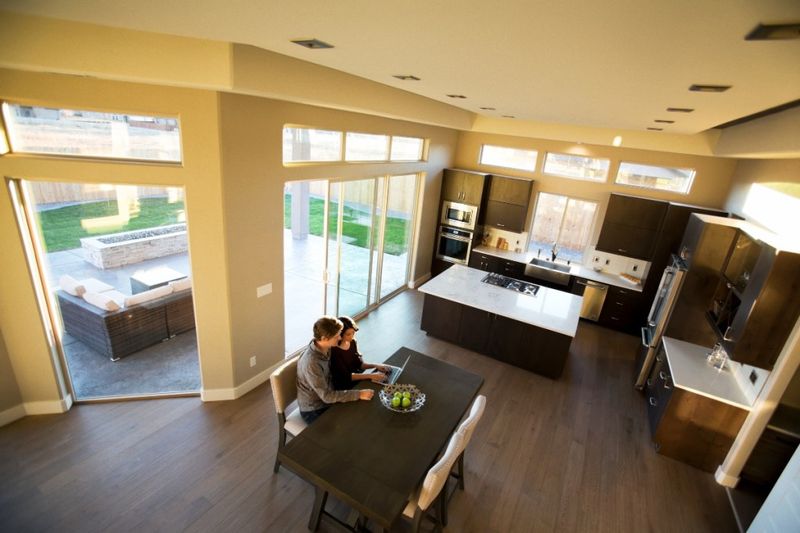
Choppy layouts, closed-off kitchens, and strange room configurations confuse buyers and limit functionality. Today’s buyers strongly prefer open-concept living spaces and logical room placement.
While structural changes might not be feasible, furniture arrangement can minimize awkward transitions. Create clear pathways through rooms and define spaces with area rugs and furniture groupings.
Sometimes, removing a non-load-bearing wall between kitchen and dining areas can dramatically improve flow without major renovation. Consult a contractor about potential cost-effective layout improvements before listing.
13. Unrealistic Price Expectations

Overpricing is the single biggest reason homes linger on the market. Emotional attachment often blinds sellers to their home’s actual market value.
Trust your agent’s comparative market analysis rather than online estimators or what your neighbor’s house sold for. Accurate pricing from day one attracts more buyers and often results in faster sales and better offers.
Remember that buyers compare your home to others in the same price range. If yours is overpriced, it will make properly-priced homes look like better deals, helping sell your competition instead of your property!
14. Unwelcoming Neighborhood Vibes

You can’t control your neighbors, but their unmowed lawns, noisy dogs, or junk-filled yards will affect your sale. Buyers evaluate the whole street, not just your property.
Consider friendly conversations with neighbors about your selling plans. Many will help by tidying their visible areas temporarily during your listing period.
For showings, schedule around predictable neighborhood disturbances like school bus times or the neighbor’s band practice. Timing viewings during the neighborhood’s best moments can significantly impact buyer perception.
15. Misrepresented Listing Photos
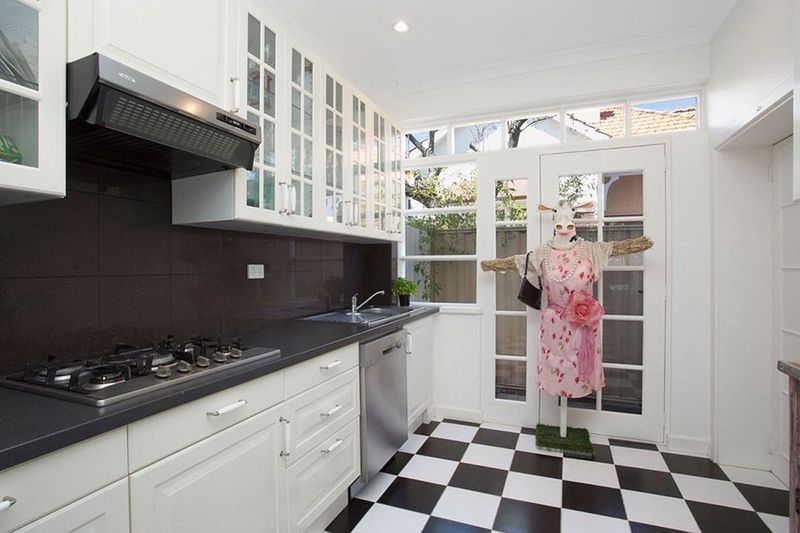
Those wide-angle listing photos that make your tiny bedroom look massive? They backfire when buyers feel deceived during in-person viewings.
Accurate, high-quality photos attract serious buyers rather than tire-kickers who’ll be disappointed. Work with your agent to ensure listing photos honestly represent your home’s features and size.
Consider professional photography that highlights your home’s best features without misrepresentation. The small investment typically returns faster sales and better offers than DIY smartphone pictures that distort reality.
16. Insufficient Storage Solutions

Cramped closets and lack of storage space rank high on buyer turnoff lists. Today’s buyers want places to store their ever-growing collection of stuff without cluttering living areas.
Before listing, ruthlessly declutter existing storage areas to make them appear more spacious. Half-empty closets look larger than stuffed ones, even if the actual space is identical.
Where possible, add inexpensive storage solutions like closet organizers or shelving systems to maximize existing space. These small investments show buyers that storage challenges have solutions, making your home more attractive.
17. Overlooked Seasonal Considerations

Selling during winter with photos showing summer landscaping creates disconnect for buyers. Likewise, trying to sell a home with no air conditioning during a heatwave presents obvious challenges.
When possible, list during your home’s optimal season. Waterfront properties shine in summer, while cozy homes with fireplaces often sell better in fall and winter.
For off-season listings, include photos from multiple seasons if available. This helps buyers envision the property year-round and highlights seasonal features they might miss during their actual viewing.
18. Dated Fixtures And Hardware

Those brass light fixtures and crystal doorknobs might have been luxurious in 1992, but they age your home significantly today. Outdated hardware creates an impression of overall datedness that’s hard to overcome.
Fortunately, swapping out light fixtures, cabinet handles, and doorknobs is relatively inexpensive yet creates dramatic impact. Focus on kitchens and bathrooms first, where dated elements are most noticeable.
Choose simple, contemporary designs in finishes like brushed nickel or matte black that appeal to today’s buyers. These small updates signal that your home has been maintained and kept current.
19. Invisible Energy Inefficiency
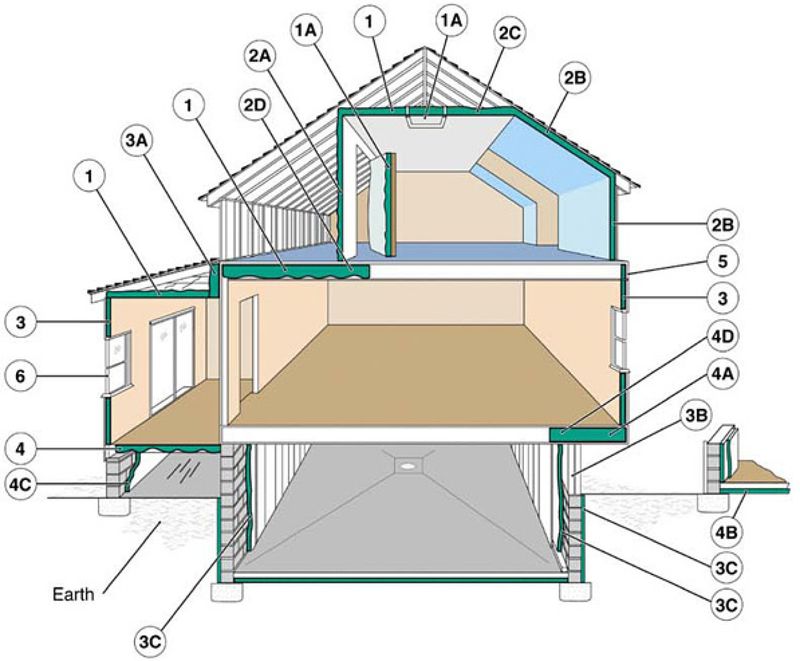
Today’s buyers care about utility costs more than ever before. Old windows, inadequate insulation, and outdated HVAC systems raise red flags about future expenses.
Where feasible, address major efficiency issues before listing. If complete upgrades aren’t possible, provide documentation of recent maintenance and actual utility bills to reassure buyers.
Highlight any energy-efficient features your home does have, from programmable thermostats to ceiling fans. Small green features can partially offset concerns about older systems and demonstrate your attention to operating costs.
20. Limited Internet Connectivity

Poor cell reception and limited internet options can sink your sale in today’s connected world. Remote work has made high-speed internet access a non-negotiable feature for many buyers.
Research available internet service providers and speeds before listing. Have this information ready for potential buyers, along with cell carrier coverage maps for your specific location.
Where connectivity issues exist, be transparent but highlight solutions. Document spots with better reception or options for signal boosters rather than hoping buyers won’t notice these increasingly critical infrastructure limitations.


